
NATURE OF MALAYSIA 2020
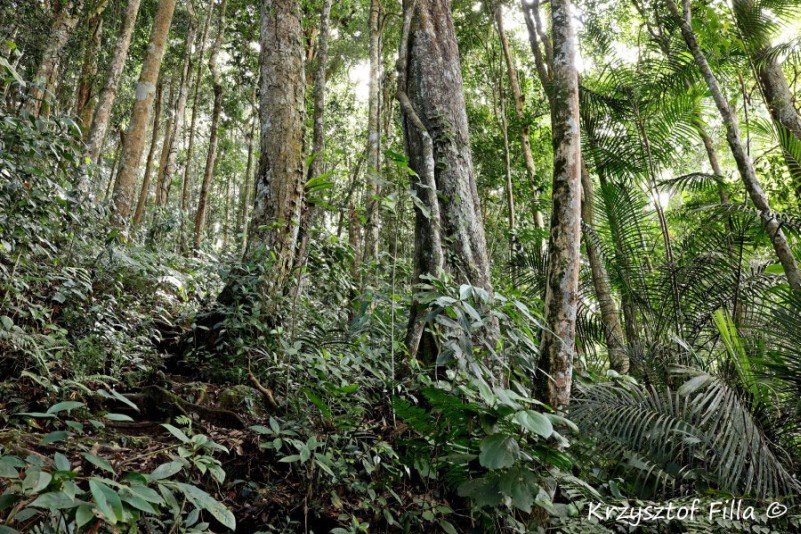
The cloud forest in Cameron highlands.
^ ^^^
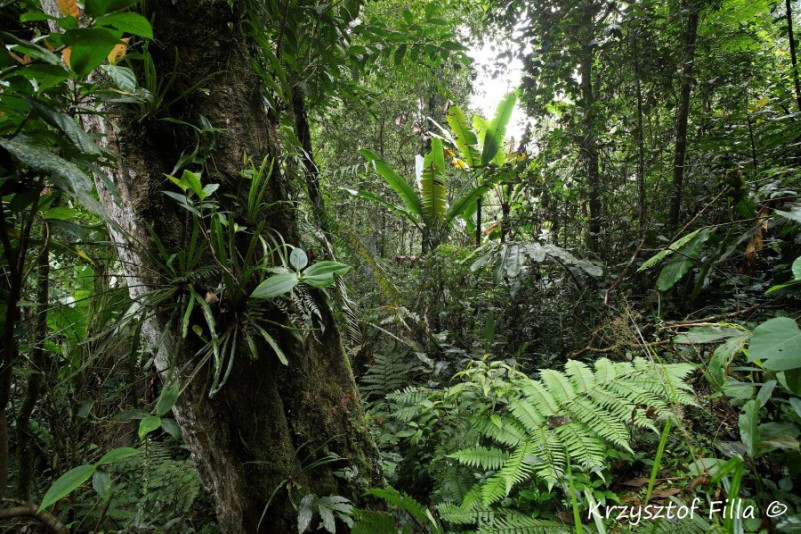
The cloud forest in Cameron highlands is spectacular. Agriculture entered this region long time ago but within the last decade since my last visit in the region the boom for housing construction is gathering speed transferring the region.
^ ^^^
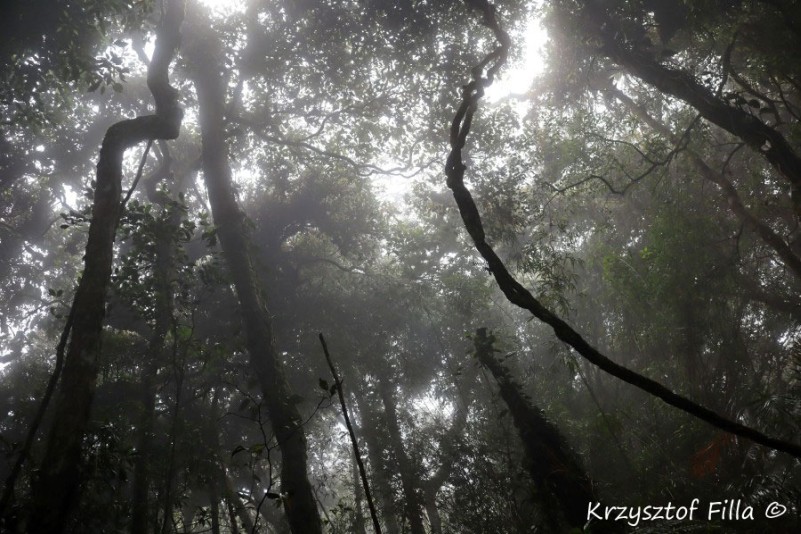
The cloud forest in Cameron highlands.
^ ^^^

^ ^^^

Roots usually grow downwards or sidewards. However, sometimes it happens they grow upwards creating different forms.
^ ^^^
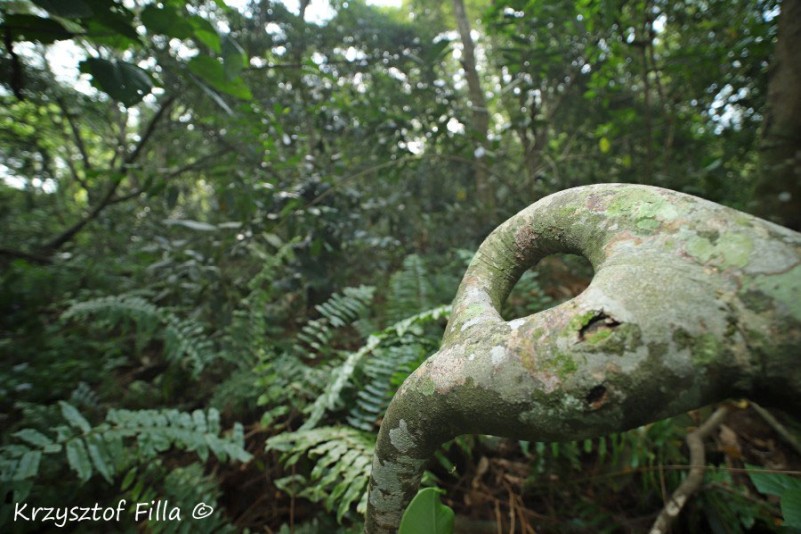
Most likely this root wrapped around a small trunk forming a ring. In the meantime, the trunk died and rotted away leaving the round shape.
^ ^^^
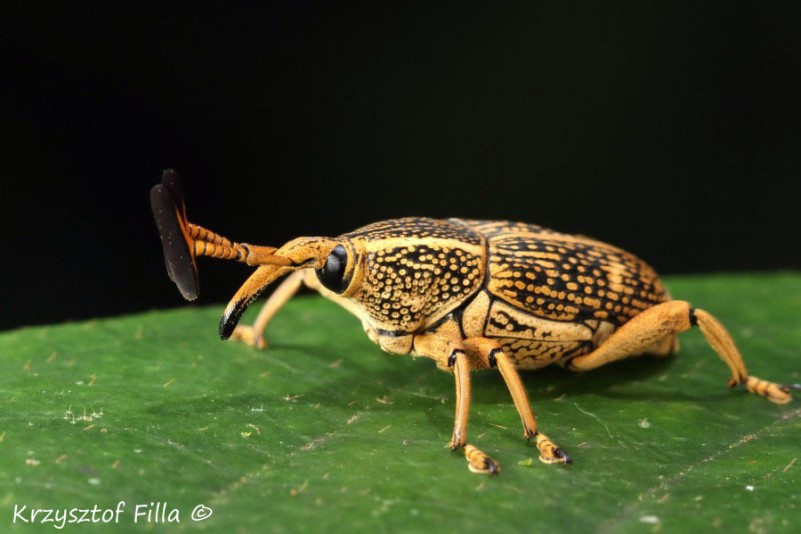
^ ^^^
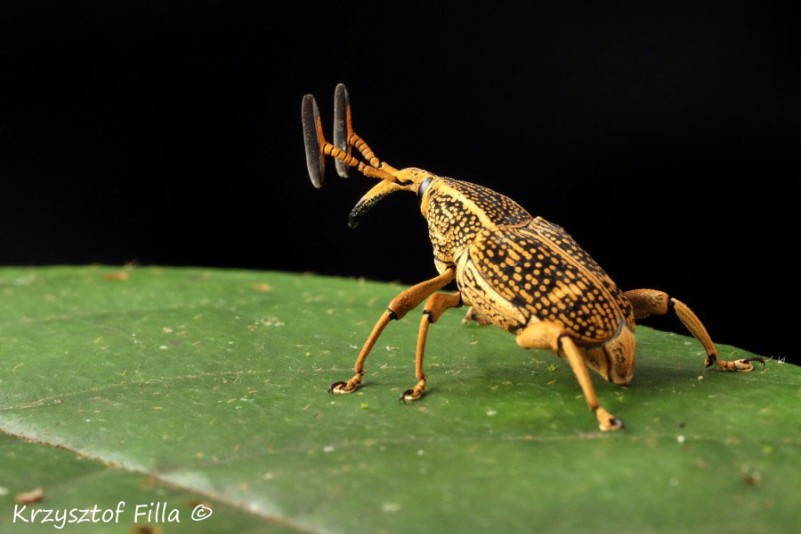
^ ^^^
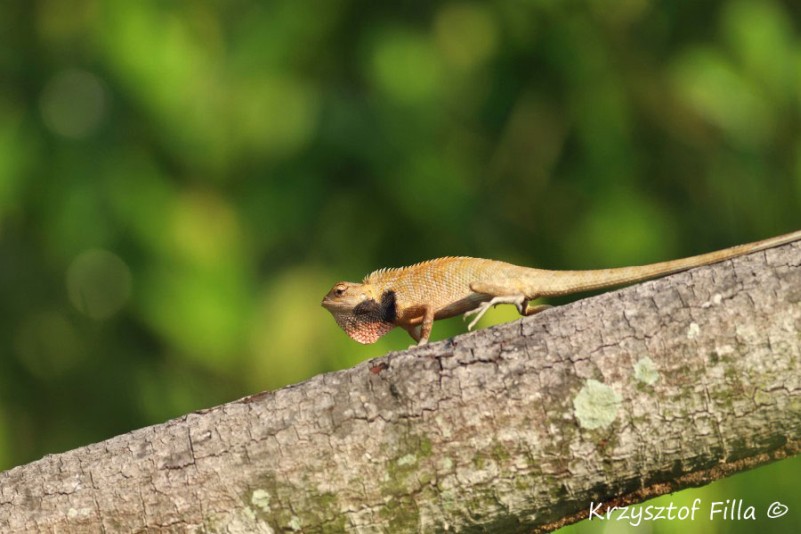
The changeable lizard (Calotes versicolor). The lizard in different emotional states changes the intensity of its skin colours and shows a flap of skin under its throat called dewlap.
^ ^^^
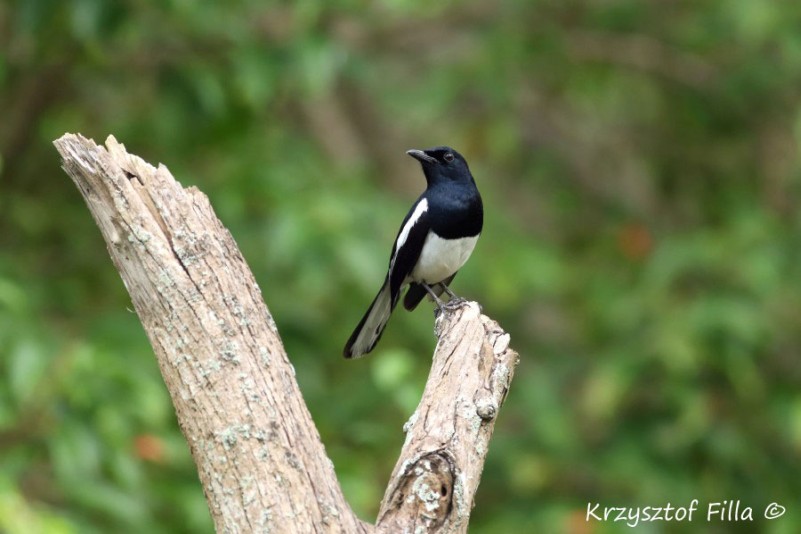
The Oriental magpie-robin (Copsychus saularis).
^ ^^^
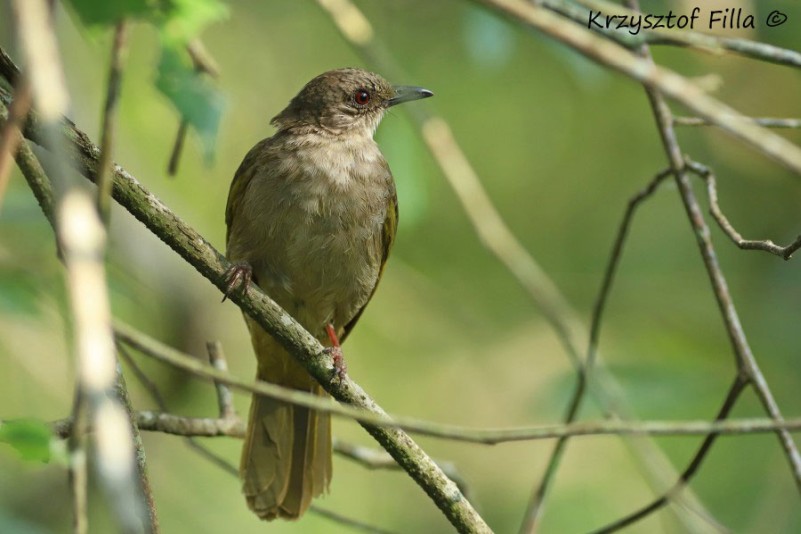
^ ^^^
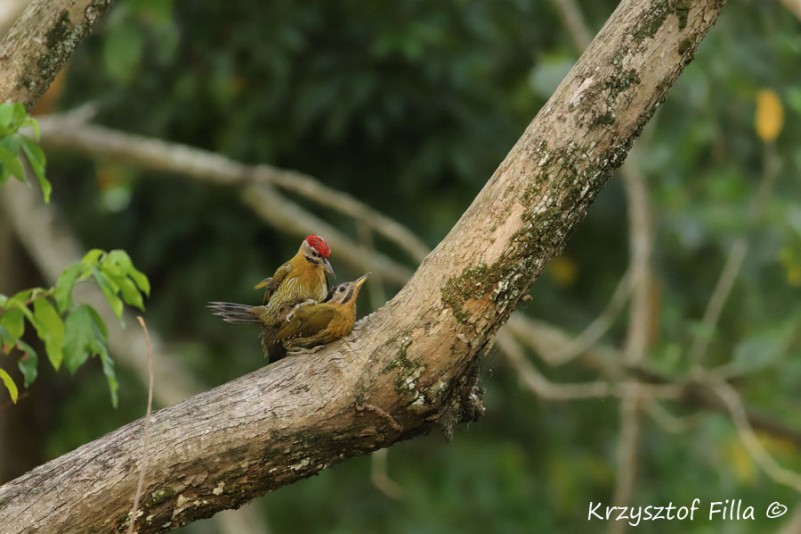
The laced woodpecker (Picus vittatus). Male and female
^ ^^^
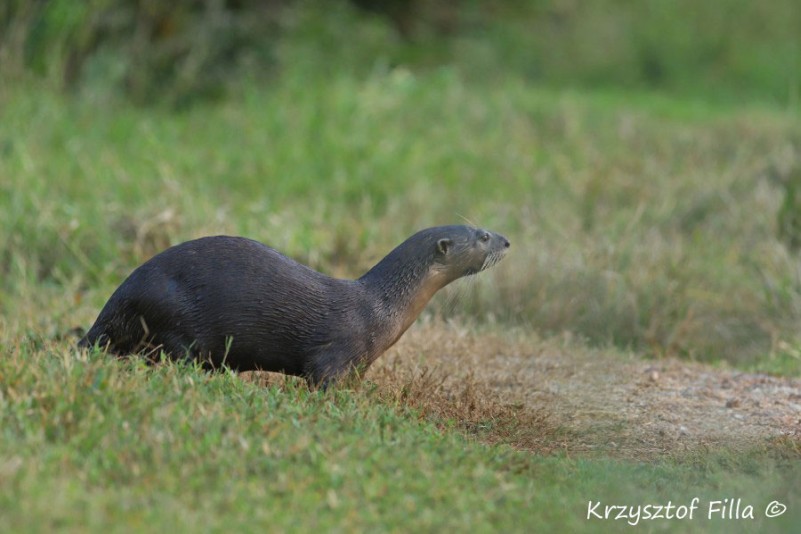
The smooth-coated otter (Lutrogale perspicillata). It is a relatively widespread species of otter occurring from South East Asia to Pakistan.
^ ^^^
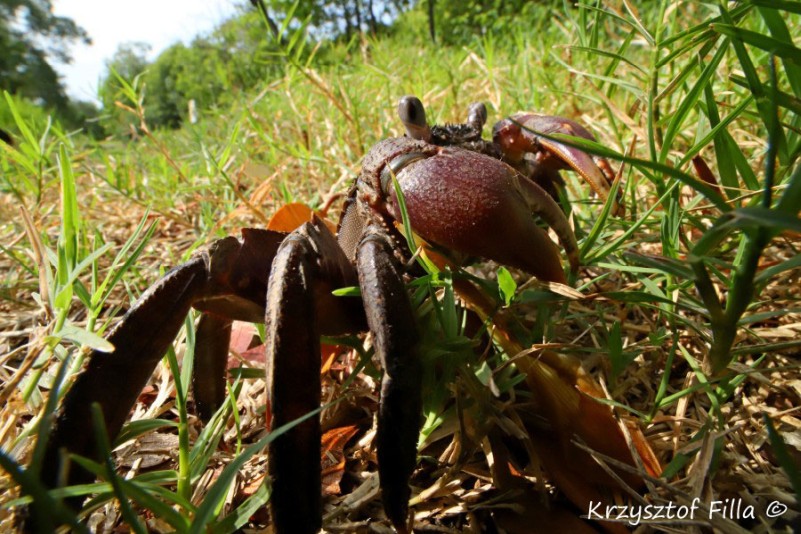
^ ^^^
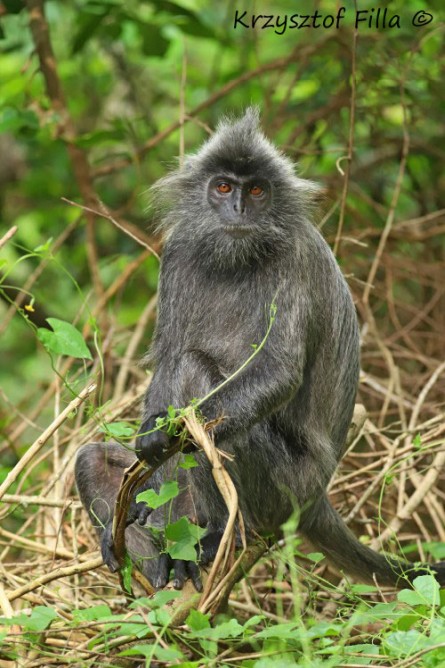
The Selangor silvered langur (Trachypithecus selangorensis) is a species of leaf monkey found on the west coast of Peninsular Malaysia.
^ ^^^
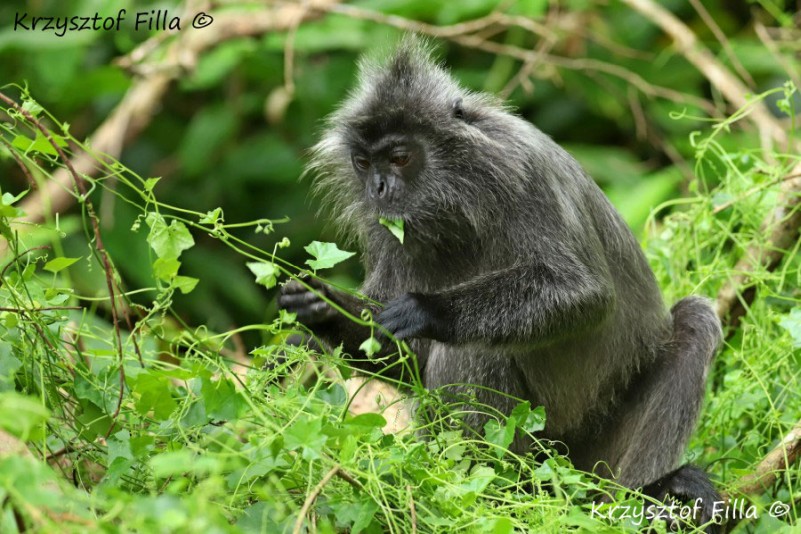
The Selangor silvered langur (Trachypithecus selangorensis) is a folivore, a group of animals that feeds mainly on leaves. However 9% of their diet comprises of fruits, seeds or flowers.
^ ^^^

^ ^^^
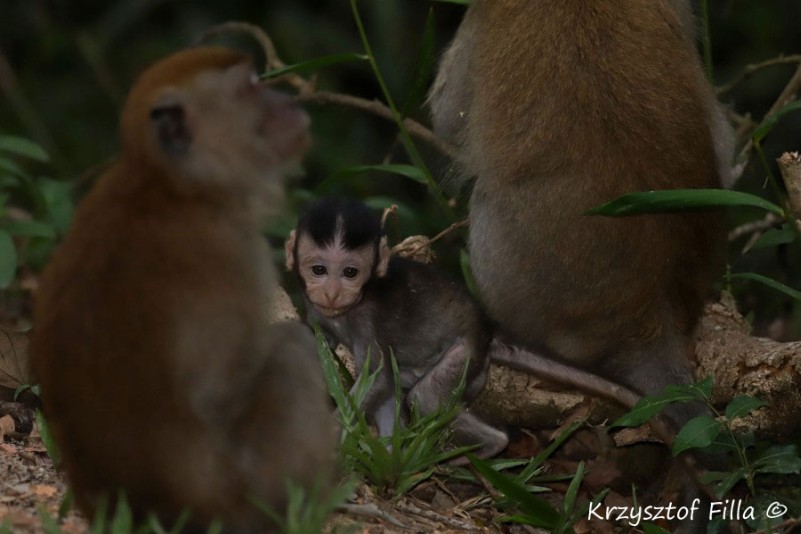
The long-tailed macaque (Macaca fascicularis). It is popular species of macaques that occupies most of South East Asia. Their groups can vary between 5 and 60 individuals.
Infants are born with black fur but when growing up they change it gradually to gray and brown.
^ ^^^

The crab-eating macaque (Macaca fascicularis), also known as the long-tailed macaque.
^ ^^^
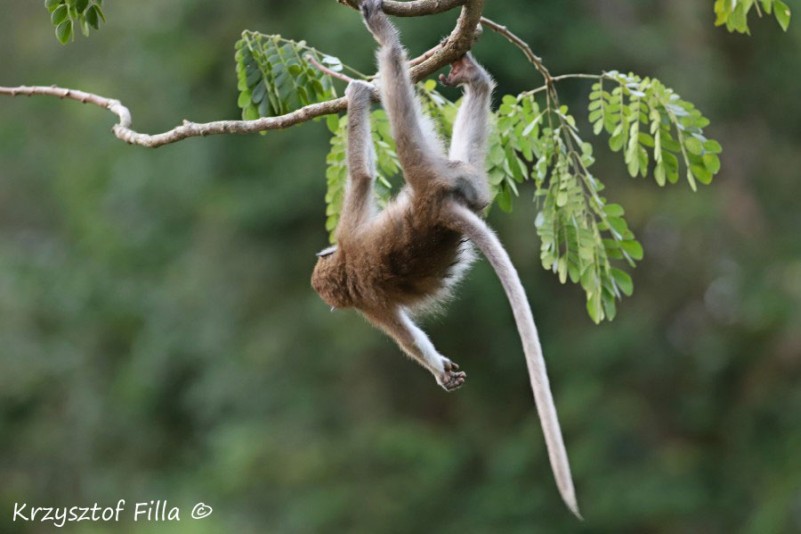
The crab-eating macaque (Macaca fascicularis), also known as the long-tailed macaque. Their main diet is not crabs as the name would suggest. They are omnivores and 60-90 % of their diet are plants, the rest are insects, snails or crabs.
^ ^^^

^ ^^^























